Chris Duncan
Supporter
Solidworks FEA, comes with the basic package. Finite Element Analysis, or load testing finally available to the general public.
tubing is ALL .083" wall 1.5" sq. 1021 steel, the pan is .025" of the same steel.
The first test is on the bottom section of a typical GT40 Chassis, a little less than the amount of material you would find in a ladder frame Cobra. These are the anchor areas. Like if you're doing a torsion test.
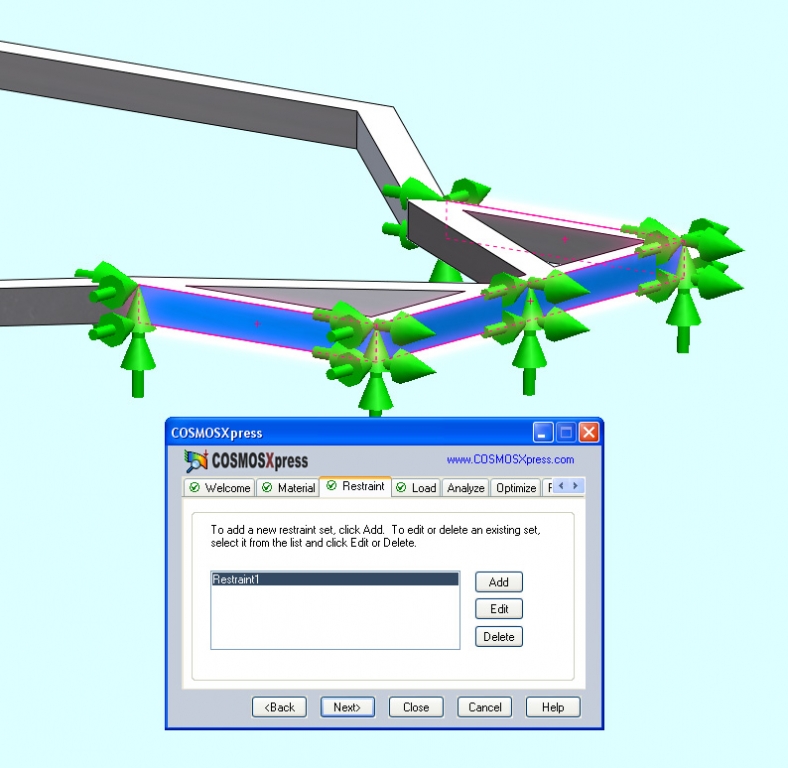
Here's the load area. 1,000 lbs is the amount of load we'll be testing with.
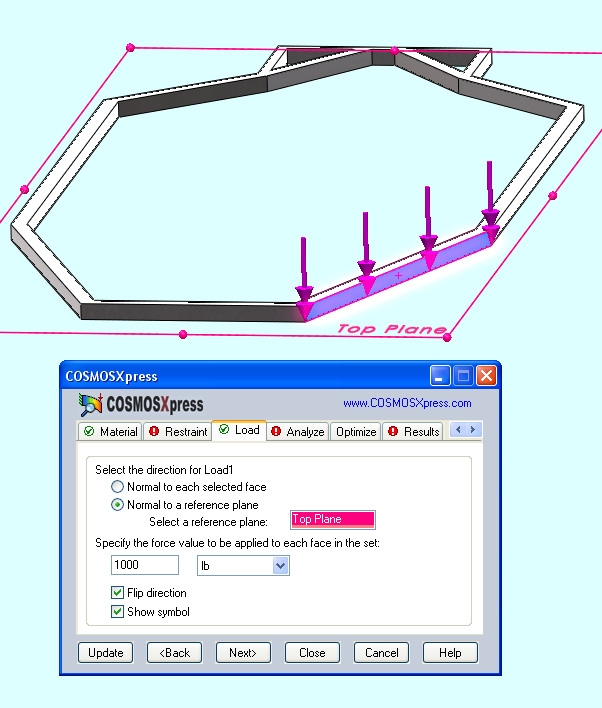
Here's where the failure is located and the percentage of load that it started to fail, about 6%, or 60 lbs. pretty low.,
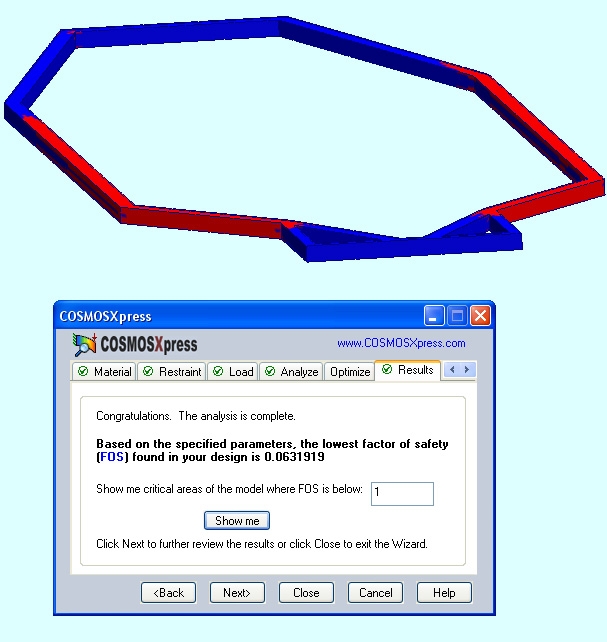
Add the top rail and part of the diagonals on the side
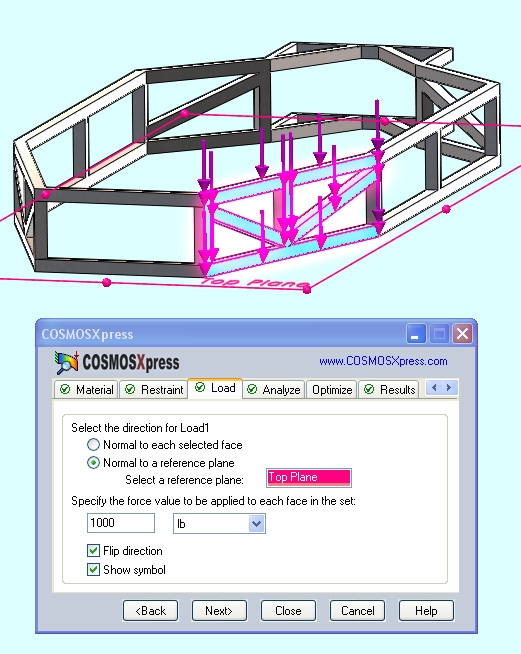
This gets us up to about 40% of the load or 400 lbs. The FOS (factor of safety) should be about 1.5. In other words 1.5 times the load or 1500 lbs. This gives you a margin.
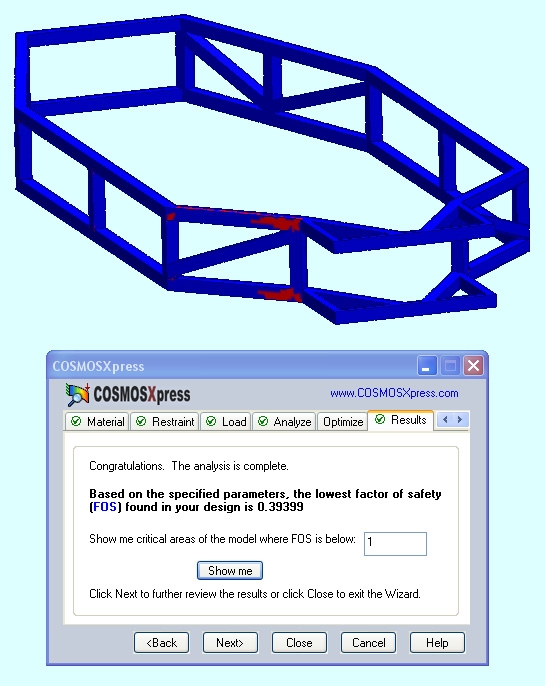
Add a floor pan and full diagonals on the sides. The fail point is getting really localized and the pan takes care of the bottom failure area. Up to 57% of the load or 570 lbs.
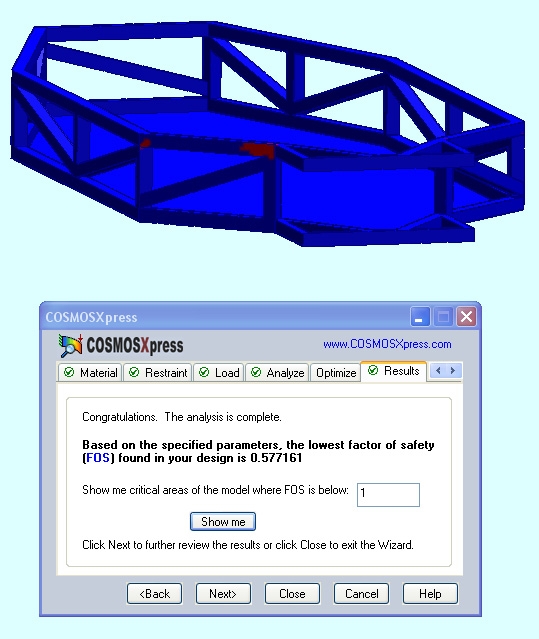
Add some top tubes with diagonals
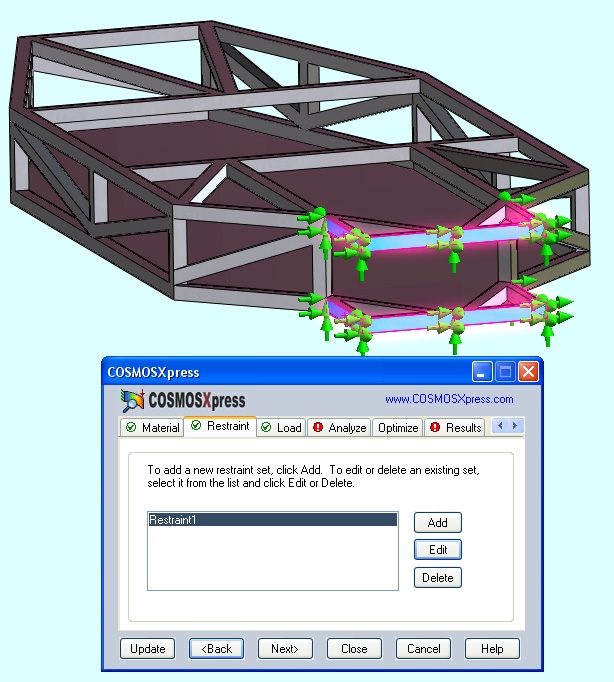
success, holding 1.4 FOS, or 140% of the load before failure. 1400 lbs. The model at this point weighs 175 lbs.
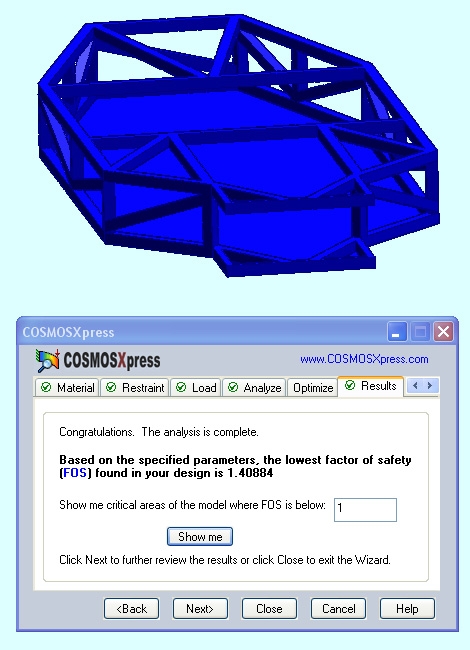
Add more weight to see where it fails. Here's 4 times the load or 4,000 lbs. The failure is very localized and you can see what a weak point really looks like. The larger one is a section change where the width of the chasssis abruptly changes from narrow to going wider. The other fail point is where a cross member comes in at the middle of the side tube instead of at a junction point.
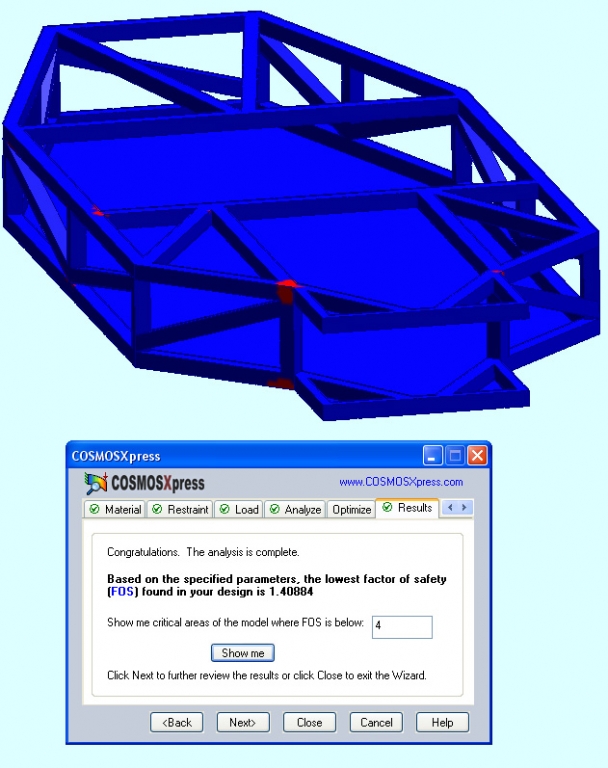
tubing is ALL .083" wall 1.5" sq. 1021 steel, the pan is .025" of the same steel.
The first test is on the bottom section of a typical GT40 Chassis, a little less than the amount of material you would find in a ladder frame Cobra. These are the anchor areas. Like if you're doing a torsion test.

Here's the load area. 1,000 lbs is the amount of load we'll be testing with.

Here's where the failure is located and the percentage of load that it started to fail, about 6%, or 60 lbs. pretty low.,

Add the top rail and part of the diagonals on the side

This gets us up to about 40% of the load or 400 lbs. The FOS (factor of safety) should be about 1.5. In other words 1.5 times the load or 1500 lbs. This gives you a margin.

Add a floor pan and full diagonals on the sides. The fail point is getting really localized and the pan takes care of the bottom failure area. Up to 57% of the load or 570 lbs.

Add some top tubes with diagonals

success, holding 1.4 FOS, or 140% of the load before failure. 1400 lbs. The model at this point weighs 175 lbs.

Add more weight to see where it fails. Here's 4 times the load or 4,000 lbs. The failure is very localized and you can see what a weak point really looks like. The larger one is a section change where the width of the chasssis abruptly changes from narrow to going wider. The other fail point is where a cross member comes in at the middle of the side tube instead of at a junction point.

Last edited by a moderator:





